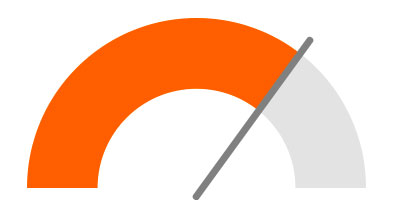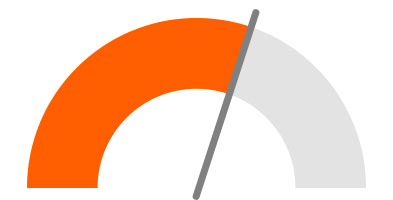United Kingdom
UK data set to give the green light on a May rate hike
Expect a mixed week of UK data, but further acceleration in wage growth should be enough to cement expectations for a May rate hike from the Bank of England
Source: Bank of England
A green light on a May rate hike
There's now just under a month until the Bank of England’s next meeting and a rate hike looks increasingly like a done deal. Signs of rising wage growth combined with recent Brexit progress now means markets have a rate rise in May virtually priced in - and none of the four BoE speakers last week made any attempts to rein in these expectations.
A raft of UK data due next week could be the final test ahead of next month’s meeting, but we suspect most policymakers have probably more-or-less made up their minds. Here’s what we expect.
Wage growth (Tuesday)

Accelerating
Out of all the inputs into the Bank of England’s thought process, this is currently one of the biggest. Policymakers expect pay to rocket this year given the tight jobs market, as evidence from Bank Agents points to the best year for settlements since the crisis.
Expect further acceleration as regular pay edges up to 2.8% YoY. Admittedly, these numbers are being flattered by a weak patch this time last year. It’s also still fairly early days, but so far the data received since November does suggest pay pressures are building, as skills shortages intensify in certain sectors.
Employment (Tuesday)

Wobbling?
It's fair to say the jobs numbers have been all over the place recently. Data from the end of 2017 had indicated the economic slowdown might have finally spilt over to the typically-lagging labour market.
But the surprisingly strong reading seen last month has helped eased fears, suggesting it was simply a blip. This is still a story worth keeping an eye on, although this time we feel the consensus of 55k looks a little low. Instead, we favour a reading around 80-90k.
Inflation (Wednesday)

Slowing
Having shot up to 3% in recent months, inflation is beginning to ease as the currency effect fades. Prices have largely adjusted to the post-Brexit plunge in sterling, and that’s seeing the inflation rate of many goods fall back. It’s particularly evident in the price of things like TVs and computers.
But this trend may have come to a temporary halt in March. Easter was earlier than usual, meaning that airfares will have been unseasonally high. This might nudge core CPI back up to 2.5%, but if this does happen, it will, of course, be fully offset in April. After that, we expect to see core inflation near-enough back to target in as little as two months’ time.
Retail sales (Thursday)

Struggling
Even by UK standards, March was not a good month for weather. Several bouts of snow won't have done the high street any favours, while consumers also remain very cautious when it comes to non-essential purchases.
In principle, households should be under a little less pressure as inflation moderates and wages accelerate. But while the squeeze has passed its worst, we don’t expect real incomes to provide a serious tailwind for consumers any time soon, keeping a lid on spending for at least the next few months.
Content Disclaimer
This publication has been prepared by ING solely for information purposes irrespective of a particular user's means, financial situation or investment objectives. The information does not constitute investment recommendation, and nor is it investment, legal or tax advice or an offer or solicitation to purchase or sell any financial instrument. Read more
This publication has been prepared by ING solely for information purposes irrespective of a particular user's means, financial situation or investment objectives. The information does not constitute investment recommendation, and nor is it investment, legal or tax advice or an offer or solicitation to purchase or sell any financial instrument. Read more
Download
Download article